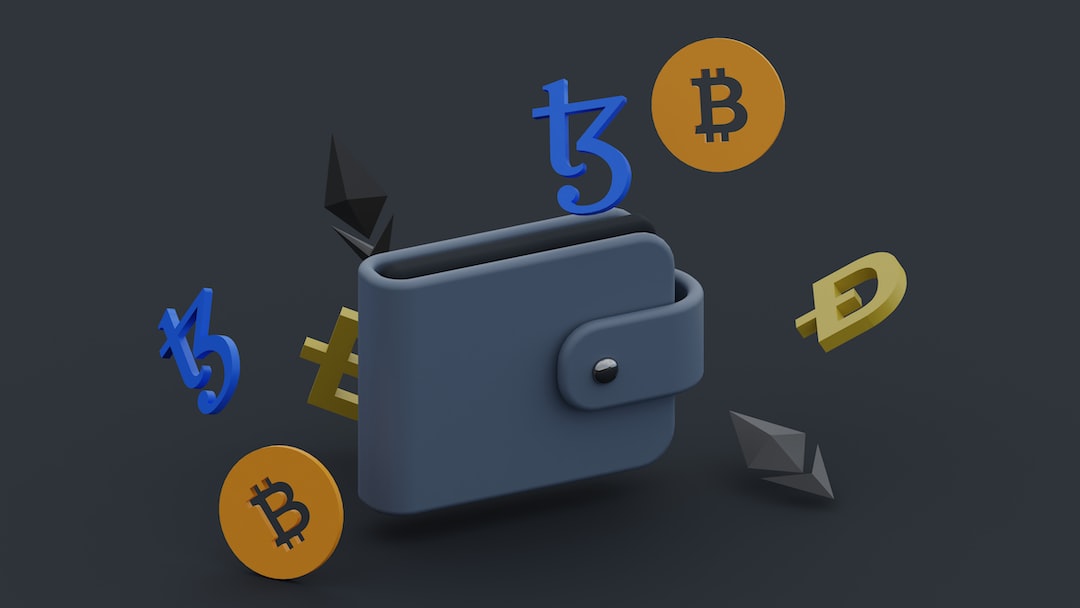Project Mariana: Exploring the Application of CBDCs in Cross-Border Payments
The Bank of France has confirmed the successful conclusion of Project Mariana, an initiative that aimed to enhance the efficiency and security of cross-border payments through the use of central bank digital currencies (CBDCs). The project utilized the Ethereum Sepolia testnet and Curve Finance’s smart contracts to test a cross-border Forex automated market maker (AMM) pilot. While Curve Finance’s code was used, the BIS wanted to keep its framework private, and there has been no official comment on the use of decentralized finance (DeFi) code or architecture. Curve Finance’s expertise in stablecoin movement and swapping could have been valuable, given its over $2.1 billion total value locked (TVL).
Curve Finance: Enabling Stablecoin Trading Through AMM Model
Curve Finance is a decentralized exchange (DEX) that specializes in trading stablecoins and tokenized fiat. The protocol relies on an automated market maker (AMM) model to provide liquidity and ensure price discovery with low slippage. Project Mariana, developed by the BIS and multiple central banks, utilized the same architecture as Curve Finance to access liquidity and achieve price discovery.
Vulnerability Concerns and Anti-CBDC Bill
Although it is unclear which versions of Vyper were used in Project Mariana, it is worth noting that Curve Finance experienced a hack due to a vulnerability in older versions of Vyper. This highlights the importance of robust security measures when implementing CBDC projects.
In the United States, there is an ongoing debate regarding CBDCs. Congressman Tom Emmer introduced the CBDC Anti-Surveillance State Act, which aims to prevent the Federal Reserve from issuing a digital version of the dollar. The bill has gained support from Republicans who are concerned about potential government abuse and privacy infringements associated with CBDCs.
Hot Take: Balancing Innovation and Security in CBDC Implementation
As central banks continue to explore the potential of CBDCs, it is crucial to strike a balance between innovation and security. Projects like Project Mariana demonstrate the use of existing technologies, such as Curve Finance’s AMM model, to enhance cross-border payments. However, vulnerabilities in code and potential privacy concerns highlight the need for thorough testing and robust security measures. It is essential for policymakers to address these issues and ensure that CBDCs offer efficient, secure, and privacy-conscious solutions for future financial systems.





 By
By
 By
By
 By
By
 By
By
 By
By